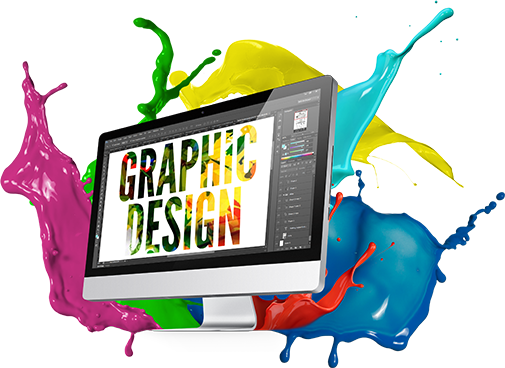Graphics Design: The Visual Language of Communication
Graphics design is the art and craft of creating visual content to communicate ideas, information, or messages. It involves the use of typography, imagery, color, and layout to design visually appealing and effective materials.
Key Components of Graphics Design
- Typography: The selection and use of fonts to convey different messages and emotions.
- Color Theory: Understanding the psychology of color and how to use it effectively to create desired visual effects.
- Layout: The arrangement of elements on a page or screen to achieve balance, hierarchy, and visual interest.
- Imagery: The use of images, illustrations, and photographs to enhance visual communication.
- User Experience (UX): Designing visuals that are easy to understand and navigate, creating a positive user experience.
Types of Graphics Design
- Print Design: Creating visual materials for print media, such as posters, brochures, and magazines.
- Digital Design: Designing visuals for digital platforms, including websites, mobile apps, and social media graphics.
- Motion Graphics: Creating animated visuals for videos, presentations, and other digital media.
- Brand Identity Design: Developing a unique visual identity for a brand, including logos, color palettes, and typography.
- User Interface (UI) Design: Designing the visual elements of a user interface, such as buttons, menus, and icons.
The Role of Graphics Design
Graphics design plays a crucial role in various fields, including:
- Marketing and Advertising: Creating visually appealing advertisements, brochures, and promotional materials.
- Publishing: Designing book covers, magazines, and other printed materials.
- Web Design: Creating visually appealing and user-friendly websites.
- Product Design: Designing product packaging and labels.
- Branding: Developing and maintaining a consistent brand identity.
Tools and Techniques
Graphics designers use a variety of tools and techniques to create their work. Some of the most common tools include:
- Adobe Creative Suite: Photoshop, Illustrator, InDesign, and Premiere Pro.
- Sketch: A popular tool for designing user interfaces.
- Figma: A cloud-based design tool for creating user interfaces and prototypes.
- Canva: A user-friendly design tool for creating graphics, presentations, and social media content.
The Importance of Graphics Design
Effective graphics design can have a significant impact on how people perceive and interact with a brand or message. It can help to:
- Increase brand awareness: A visually appealing design can help a brand stand out from the competition.
- Improve user experience: Well-designed visuals can make products and services easier to use and understand.
- Drive sales: Attractive and persuasive visuals can encourage people to purchase products or services.
- Communicate effectively: Graphics design can help to convey complex information in a clear and concise way.
In conclusion, graphics design is a vital skill in today’s visually driven world. By understanding the principles of design and utilizing the latest tools and techniques, designers can create visually stunning and effective materials that help businesses and organizations achieve their goals.


